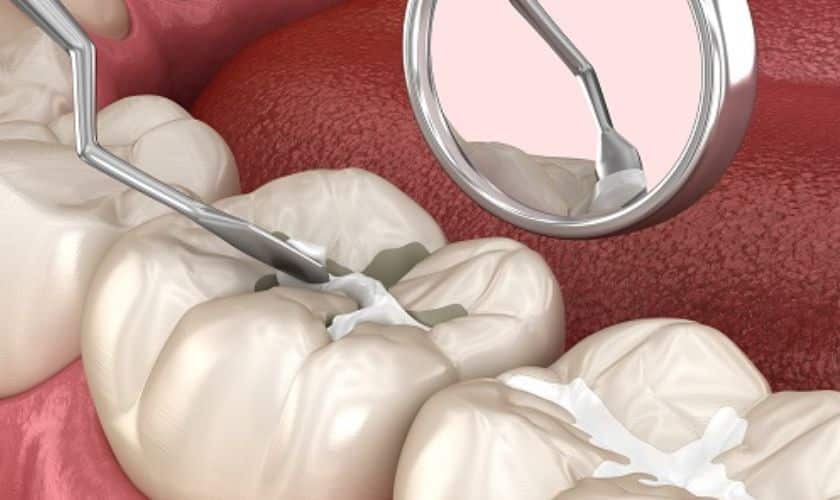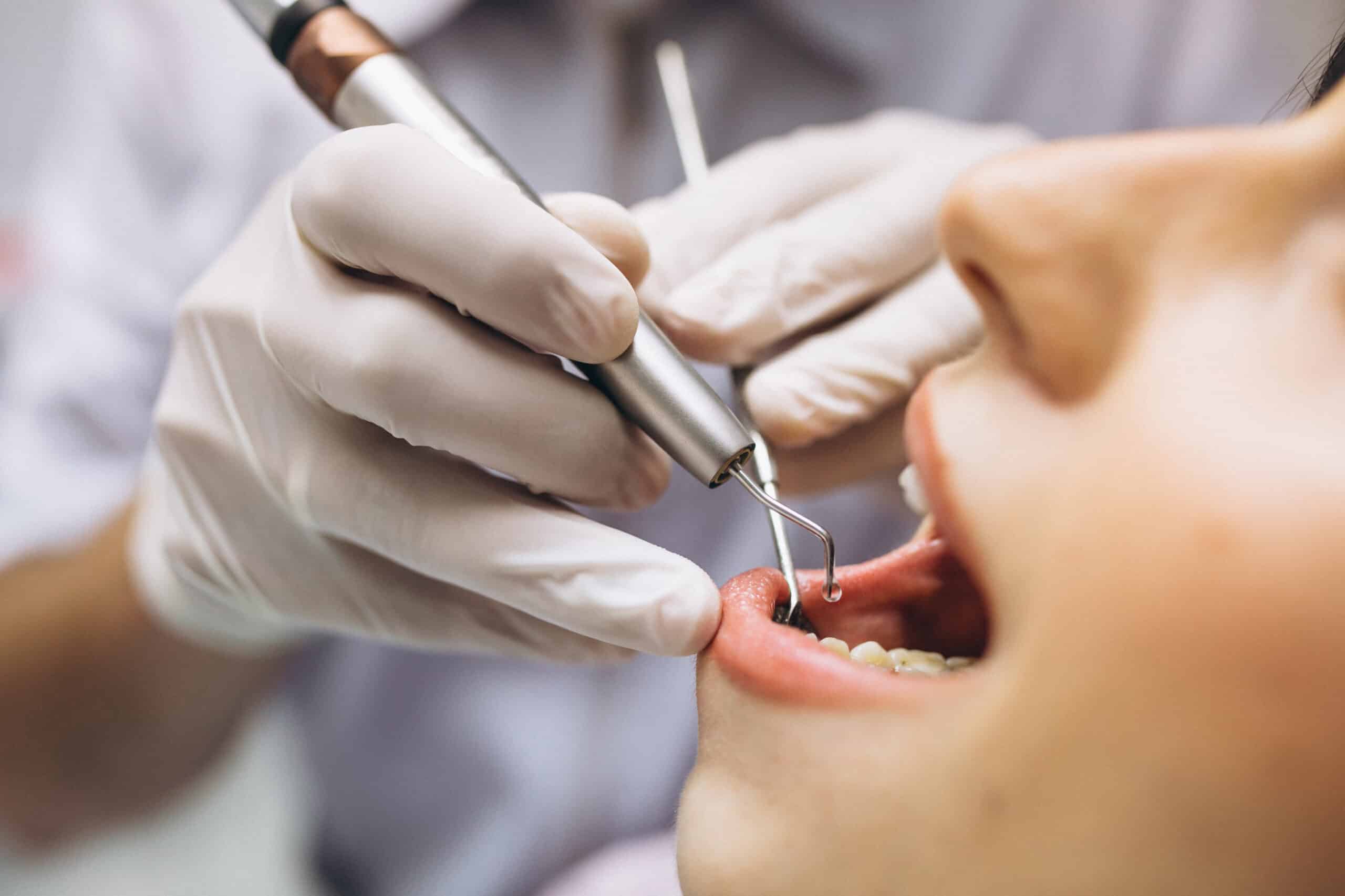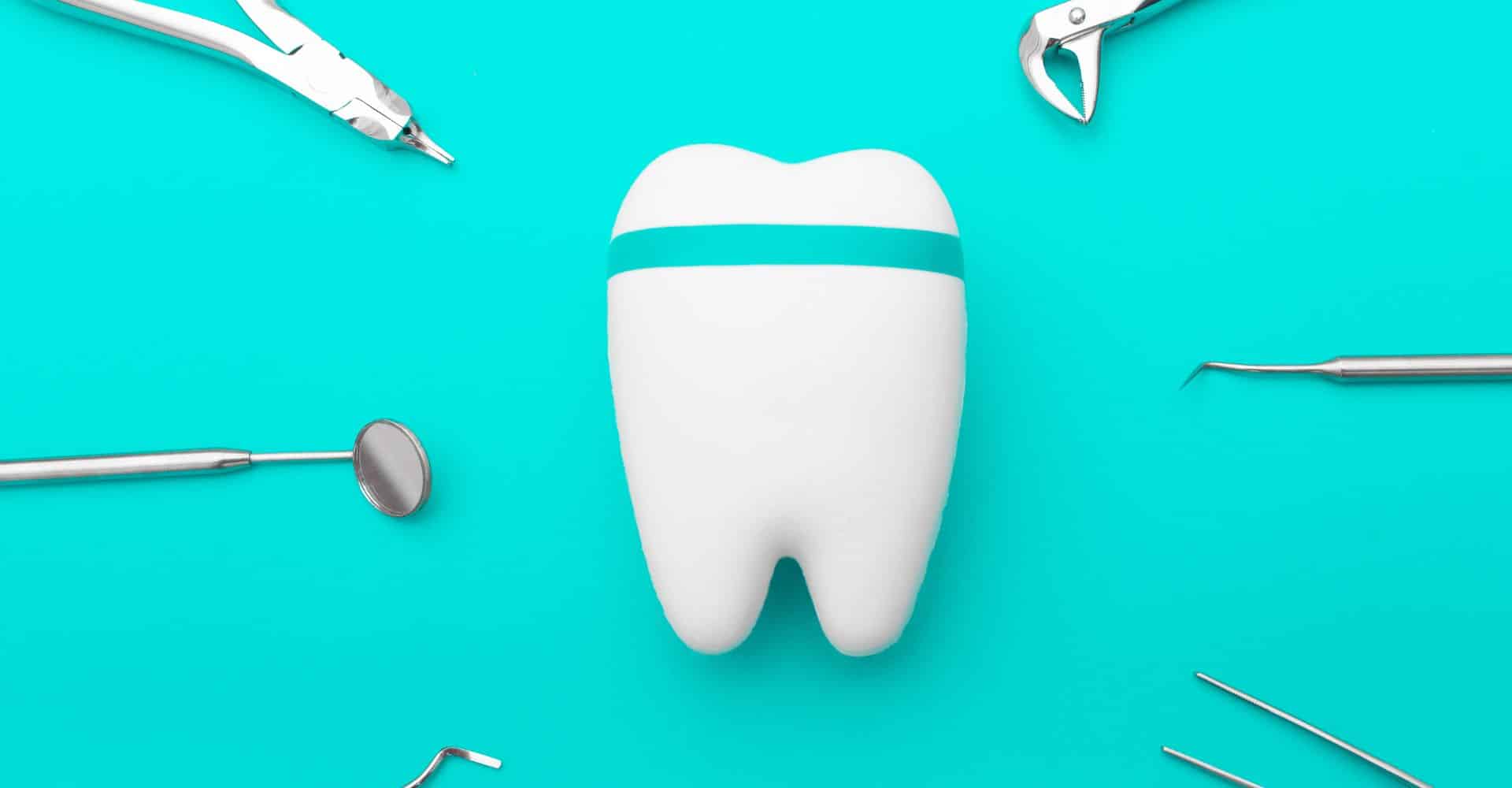Pearl Dental Blog

5 Common Signs You May Need a Dental Filling
Maintaining good oral health is crucial for a confident smile and overall well-being. Dental fillings play a vital role in preserving teeth affected by decay or damage. Recognizing the signs that indicate a potential need for a dental filling can prevent further complications. Persistent toothaches, sensitivity to hot or cold, visible holes or pits in teeth, discomfort while chewing, and unexpected bad breath are among the common red flags. Addressing these signs promptly not only alleviates pain but also helps avoid more extensive treatments like root canals or extractions. Prioritize regular dental check-ups to catch and treat such issues early, ensuring a healthier, happier smile.
Persistent Toothaches
1. Unrelenting Discomfort: Persistent toothaches that last beyond a brief moment of sensitivity could be an indication of dental decay. As cavities progress, they can reach the inner layers of the tooth, leading to nerve irritation and prolonged pain.
2. Increased Sensitivity: If you find yourself wincing when consuming hot, cold, sweet, or acidic foods and beverages, it might be due to an exposed cavity. Enamel erosion weakens the protective layer, causing heightened sensitivity and discomfort.
3. Throbbing or Sharp Pain: Continuous throbbing or sharp pain localized to a particular tooth often signifies deeper dental issues. As decay reaches the inner pulp of the tooth, the nerve can become inflamed, resulting in consistent pain that requires professional attention, typically in the form of a dental filling to seal the cavity and alleviate discomfort.
Sensitivity to Hot or Cold
1. Temperature Sensitivity: Feeling a sudden and sharp discomfort when consuming hot, cold, or even mildly warm foods and drinks can be a clear indicator of tooth sensitivity. This sensitivity might be due to enamel erosion, exposing the underlying dentin and potentially leading to the need for a dental filling.
2. Dentin Exposure: The outer layer of your teeth, called enamel, serves as a protective barrier. When it wears down due to factors like decay or erosion, the dentin beneath becomes exposed. Dentin contains tiny tubules that allow temperature changes to affect the nerves inside the tooth, causing sensitivity.
3. Role of Dental Fillings: If you experience sensitivity, it’s crucial to consult a dentist. Dental fillings can help address sensitivity by sealing the cavity or damaged area, protecting the exposed dentin and nerve endings from temperature fluctuations. This restoration not only alleviates discomfort but also prevents further decay from progressing.
Visible Holes or Pits in Teeth
1. Visual Signs of Decay: Visible holes or pits on the surface of your teeth are often a clear indication of dental decay. These holes, also known as cavities, are the result of the gradual breakdown of the tooth structure due to bacteria and acids produced by plaque.
2. Formation of Cavities: Cavities typically form in areas where oral hygiene might be challenging, such as the crevices on the biting surfaces of molars or between teeth. These areas can trap food particles and bacteria, leading to localized decay and the formation of holes.
3. Filling the Void: Dental fillings are a common solution for addressing cavities. The dentist will remove the decayed portion of the tooth and fill the resulting hole with a tooth-colored filling material, effectively restoring the tooth’s structure and preventing further decay. This process not only improves the tooth’s appearance but also ensures its functionality and longevity.
Discomfort While Chewing
1. Chewing Discomfort: If you experience discomfort or pain while chewing, it could indicate dental issues. Cavities and decay weaken the tooth’s structure, making it sensitive to pressure and movement during chewing.
2. Cavity Impact on Chewing: As a cavity progresses, it can erode the tooth’s outer layers, including enamel and dentin. This can lead to a loss of structural integrity, resulting in pain or discomfort when the tooth is subjected to the forces exerted during eating.
3. Addressing the Issue: Dental fillings are often the solution for alleviating chewing discomfort caused by cavities. The process involves removing the decayed portion of the tooth and filling the area with a suitable material, restoring the tooth’s strength and enabling comfortable chewing. Addressing the discomfort promptly can prevent further damage and preserve the tooth’s function.
Unexpected Bad Breath
1. Oral Bacteria and Bad Breath: Bad breath, also known as halitosis, can be caused by the presence of bacteria in the mouth. Cavities and tooth decay provide an ideal environment for bacteria to thrive, leading to the release of foul-smelling gasses that contribute to bad breath.
2. Decay and Bacterial Growth: Cavities are essentially areas of tooth decay where bacteria have caused damage. These bacteria can produce volatile sulfur compounds, contributing to the unpleasant odor often associated with bad breath.
3. Dental Fillings for Improved Oral Hygiene: Treating cavities with dental fillings not only addresses the source of bacterial growth but also improves overall oral hygiene. By sealing the cavity, the dentist eliminates the environment conducive to bacteria, which can lead to fresher breath and better oral health. If unexpected bad breath persists, it’s essential to consult a dentist to identify and treat any underlying dental issues.
Importance of Timely Intervention
1. Preventing Further Damage: Timely intervention with dental fillings can prevent the progression of tooth decay. By addressing cavities early, you can stop the decay from spreading deeper into the tooth and potentially affecting the nerve, which could lead to more complex and invasive treatments like root canals or even tooth extractions.
2. Preserving Tooth Structure: Dental fillings allow for the restoration of the natural tooth structure. When cavities are left untreated, they can lead to the destruction of more extensive portions of the tooth, requiring larger fillings or restorative procedures that remove even more of the tooth’s structure.
3. Cost-Effectiveness: Treating cavities with dental fillings in their early stages is not only beneficial for oral health but also cost-effective. Smaller fillings are generally less expensive than more extensive treatments like crowns or root canals. Timely fillings can help you avoid these more costly procedures that may become necessary if cavities are left untreated.
Addressing dental issues promptly through fillings not only ensures a healthier smile but also saves you from potential discomfort, higher expenses, and more invasive dental procedures in the future. Regular dental check-ups play a crucial role in identifying and treating cavities at an early stage.
In conclusion, recognizing and addressing the signs that indicate the need for a dental filling is vital for maintaining optimal oral health. Timely intervention can prevent pain, preserve natural teeth, and avoid more complex procedures. Prioritizing regular dental check-ups ensures a brighter and healthier smile in the long run.
In conclusion, recognizing and addressing the signs that indicate the need for a dental filling is vital for maintaining optimal oral health. Timely intervention can prevent pain, preserve natural teeth, and avoid more complex procedures. Prioritizing regular dental check-ups ensures a brighter and healthier smile in the long run.





